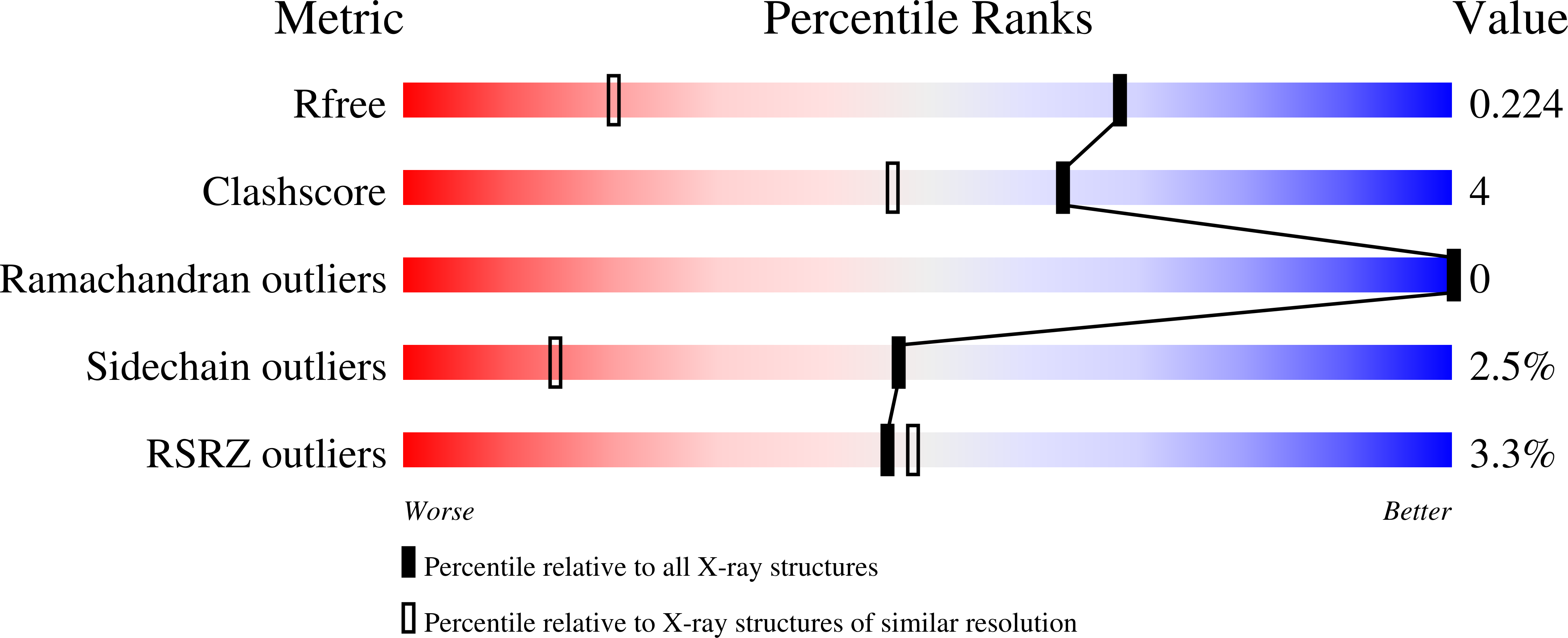
Deposition Date
2022-10-24
Release Date
2022-11-09
Last Version Date
2023-10-25
Entry Detail
PDB ID:
8EWU
Keywords:
Title:
X-ray structure of the GDP-6-deoxy-4-keto-D-lyxo-heptose-4-reductase from Campylobacter jejuni HS:15
Biological Source:
Source Organism:
Campylobacter jejuni (Taxon ID: 197)
Host Organism:
Method Details:
Experimental Method:
Resolution:
1.45 Å
R-Value Free:
0.21
R-Value Work:
0.18
R-Value Observed:
0.18
Space Group:
P 1


